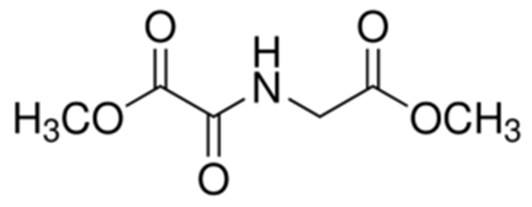New Drug Protects Against Ingestion of Radioactive Particles
I have blogged extensively about the health effects of ionizing radiation. Some organisms have the ability to resist the effects of radiation, primarily through error correcting protein creation. A recent report in the journal Science Translational Medicine details research results of a new method of dealing with radiation damage from the ingestion of radioactive particles which could otherwise be fatal.
A major terrorist threat is the possibility of a "dirty bomb." This type of bomb does not detonate radioactive isotopes to create a nuclear explosion. Instead, a conventional explosive is surrounded by radioactive materials. When the bomb detonates, radioactive particles are spread over a wide area. The population in the area of the detonation would be vulnerable to inhaling or ingesting these radioactive particles. Another possibility would be to grind up a radioactive material such as plutonium, mix it with the gasoline in the tank of a car and drive the car around a heavily populated area. A tiny amount of plutonium could contaminate a large area and threaten anyone living in that area. The U.S. Institute of Health has been funding research on drugs that could be administered to people living in an area hit by a dirty bomb to help combat the health threat of the dispersed radioactive particles.
A drug named dimethyloxallyl glycine (DMOG) has been tested in mice. This drug neutralizes enzymes which normally function to reduce the level of a particular protein named hypoxia-inducible factor 2. This protein protects the cells that line the digestive tract from radiation damage. With the reduction of the enzymes, higher levels of this protein result in greater protection. In tests, mice given the drug were able to survive a dose of radiation that killed unprotected mice through water loss and diarrhea. Administering "small-molecule dimethyloxallyl glycine (DMOG) increases hypoxia-inducible factor (HIF) expression (responds to reduced oxygen in the cells) , improves epithelial integrity (strengthens the cells lining the gut) , reduces apoptosis (decreases cell death), and increases intestinal angiogenesis (supports formation of new blood vessels) , all of which are essential for radioprotection." This drug could be distributed to victims of a dirty bomb attack to save lives.
In addition to the possibility use of this drug to treat people exposed to radioactive materials from a dirty bomb, there has also been discussion of the possibility of the use of this drug in radiation therapy. Current radiation therapy for cancer focuses the radiation narrowly on a tumor. With the use of DMOG, it may be possible to subject the whole body of a patient to radiation treatment to deal with a metastasizing cancer which is spreading cancer cells to other parts of the body.
In addition to treating dirty bomb victims and protecting patients receiving radiation therapy, DMOG will be useful in dealing with exposure to radioactive particles loose in the environment from accidents at nuclear power plants and the improper treatment nuclear waste. These will only increase as time goes by and the use of such drugs may eventually be widespread.
Structure of dimethyloxallyl glycine:
